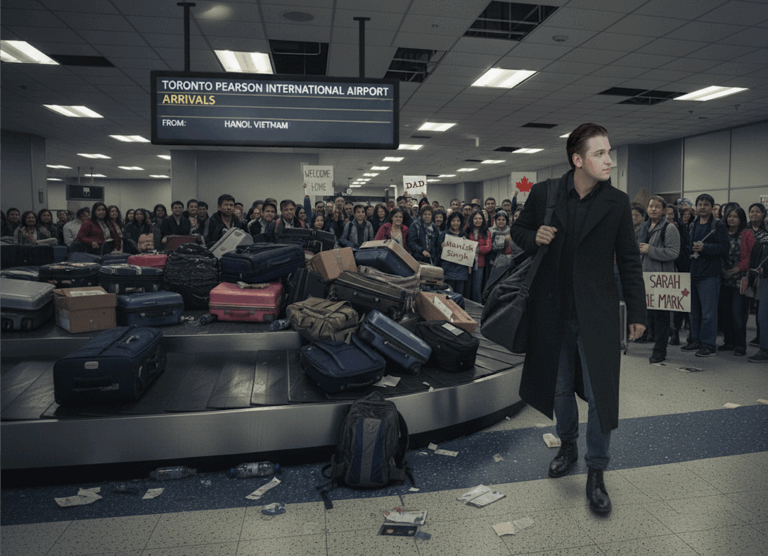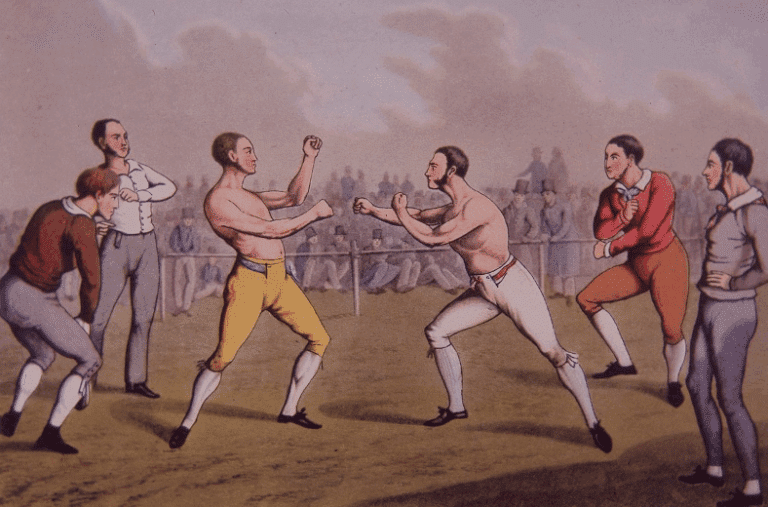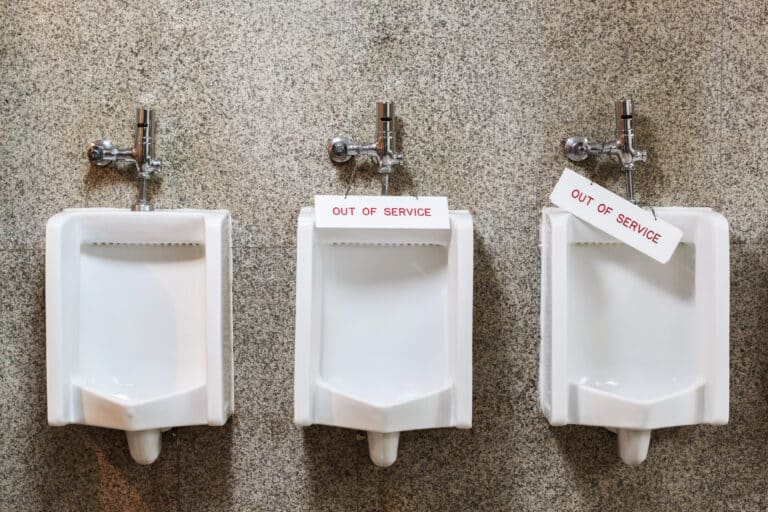Here’s something we can all agree on: congestion is expensive and unpleasant.
Sitting in traffic going nowhere is not only frustrating, but places huge costs on individuals and society at large. In 2006, Transport Canada put the annual cost of nationwide congestion at $3.7 billion. Two years later, a different set of calculations figured these costs at $3.3 billion per year for the Greater Toronto Area alone. Vancouver’s toll has similarly been estimated at around $1 billion per year and rising rapidly. And the C.D. Howe Institute says such calculations should automatically be doubled to take into account the “hidden costs” of congestion that go far beyond the lost time and wasted gasoline. Whatever the methodology, there’s no doubt we’d all be better off with less congestion.
So why are so many Canadian cities deliberately trying to make our roads even slower, more frustrating and less efficient?
While municipal politicians and bureaucrats across the country publicly bemoan the impact of congestion, many are eagerly imposing a variety of pedestrian-first, car-last policies that aim to dramatically increase the time it takes to drive from one point to another. Their goal, in other words, is to make congestion much worse.

The most obvious of these innovations is lower speed limits. Where once most city streets were set at a reasonable 50 km per hour, the recent trend is to go much slower than their design and capacity allow. Toronto, Edmonton, Regina, Winnipeg, Vancouver and many other cities have lately established 30 km per hour speed zones in an attempt to reduce traffic accidents in certain areas. Hamilton, Ontario announced this summer it will lower all its minor collector streets to 40 km per hour. Montreal is doing the same thing. Calgary has already cut speed limits to 40 km per hour in selected tony neighbourhoods − along with various expensive “traffic calming” measures backed up by photo radar and manned speed traps. It is now considering whether to make this a city-wide rule, or to lower it even further to 30 km per hour.
Removing driving lanes in favour of bike lanes is another way cities are slowing things down by forcing cars to compete for a smaller share of existing road space. Parking also shrinks as a result. And what were once simple and smoothly-flowing intersections have become nightmarish all-way stops or multi-phase traffic lights in which even right turns demand waiting for a green arrow.
Other recent speed-reducing novelties include bump-out curbs and centre islands that make previously straight thoroughfares as winding and unpredictable as a mountain trail. Signage has also proliferated, and warning signs are now frequently placed right in the middle of roads to further discomfort drivers. Sometimes, road designers even try to trick drivers with optical illusions. My home of Waterloo, Ontario features a crosswalk painted in Trompe l’Oeil style that makes it appear as if pedestrians are walking on a series of elevated concrete blocks. The apparent goal is to disorient motorists and thus force them to slow down; if this illusion were real it would rip the bottom out of your car.

Once upon a time, traffic planners sought to improve the efficiency of the roads so drivers could get where they were going in the least time necessary. Today, the opposite is true.
Vision Zero is the most common name for these increasingly popular road-clogging policies, although Complete Streets or Safe Streets are also used. Originally a Swedish concept, Vision Zero seeks to eliminate pedestrian deaths entirely by putting the responsibility for all accidents on drivers. Edmonton boasts of being the first Canadian city to fully adopt Vision Zero policies. Toronto has something called Vision Zero 2.0, the reboot being necessary after its initial Vision Zero program yielded disappointing results.
As is depressingly typical of these sorts of campaigns, language is an early casualty. Lobby group Vision Zero Canada argues that fatal accidents must always be referred to as “road violence” in order to properly demonize drivers. Last year the organization bullied CBC into rewriting its archives to remove any inappropriate references to mere “accidents”. Vision Zero Canada apparently has no qualms about committing “language violence” in furtherance of its goals.
One of the most visible aspects of Edmonton’s Vision Zero commitment is its frequent use of 30 km per hour “playground” speed zones, even where there are no playgrounds or schools in the immediate area (sometimes by fusing two widely separated playground zones into one gigantic continuous ticket trap). “No loss of life is acceptable,” the city’s Vision Zero annual reports state repeatedly. Overlooked in these reports, however, is the fact Edmonton also has the fastest growing congestion in Canada. According to data compiled by GPS navigation firm TomTom International BV, last year Edmonton moved out of the lucky “least congested” group of Canadian cities and into the middle of the pack, as its rate of congestion increased by twice the rate of any other city. This is to be expected, of course. Making car travel slower and less efficient is the whole point of Vision Zero.

The problem with such road policies is that proponents habitually ignore the implications of the extra congestion they are foisting on their residents. Let’s return to my own backyard of southwestern Ontario, where Kitchener is mulling over a variety of Vision Zero-style innovations, including limiting speeds to 30 km per hour in many areas, plus a proposal for Dutch-style Woonerf neighbourhoods in which drivers are forced to travel along bizarre zigzag roads allowing for speeds no higher than 15 km per hour. (To access this document at the link, select “Draft Complete Streets Guidelines (Full)”.)
The staff report backing the 30 km per hour limit breathlessly lists all sorts of resulting benefits. These include quantifiable items such as fewer fatal accidents, as well as vaguer claims of a stronger sense of community and fewer heart attacks since more people will presumably be out walking if cars have been slowed to a crawl. (To access this document at the link, find Discussion Item #12: Neighbourhood Speed Limit Review and select “Report DSD-19-159”.)
Once upon a time, traffic planners sought to improve the efficiency of the roads so drivers could get where they were going in the least time necessary. Today, the opposite is true.
Yet other than new road signs, no costs are listed for achieving these outcomes. Instead there are “challenges” to be overcome. Such challenges include the fact drivers might get frustrated and ignore the new speed limits, and that bus schedules will have to be adjusted to reflect longer travel times. This sort of phony policy analysis is depressingly common throughout Canadian municipalities: the rightness of the bureaucracy’s preferred policy is never in doubt, only the means by which it will be achieved. The “challenges” mostly consist of having to figure out how to overcome the resistance of drivers, businesses and a few recalcitrant city councillors.

Safer roads are obviously a good thing. But it needs to be acknowledged that mandating congestion in the name of greater safety incurs substantial costs, despite the intentional ignorance displayed by the Kitchener city report and other boosterish claimants. Forcing cars and buses to go substantially slower because pedestrians have the dangerous habit of crossing roads mid-block or wandering around distracted by their smartphones means drivers and transit users must spend more time in traffic and less time at work, at home or doing enjoyable, healthy things like walking, jogging or biking. This is not mere frustration, but real harm suffered by real people. And the impacts are surprisingly far-reaching.
The C.D. Howe report mentioned above arrives at its calculations for the massive “hidden costs” of congestion by considering the impact of car trips foregone because congestion makes efficient travel impossible. In particular, there is a large academic literature establishing that commuting by car enables workers to reach the highest number of potential job opportunities and thus maximize their income. Just reducing congestion time by 30 percent in Vancouver, says C.D. Howe author Benjamin Dachis, could produce a wage premium of up to $550 per worker per year. By contrast, greater congestion (or slower speeds) prevents people from accessing these opportunities by limiting their job search area. And this places a huge cost on the economy in terms of lost wages and productivity. These costs can only increase as road speeds decline.
So how should we reconcile Vision Zero claims that “no loss of life is acceptable” with the obvious economic necessity of an efficient road system? The proper approach to this problem is to perform genuine, objective cost/benefit analysis in which the conclusion is not preordained. While often misunderstood or abused, calculating the financial implications of both the pro and con sides of a policy dilemma is the only rational way to settle these sorts of competing demands. If the costs outweigh the benefits of a proposed policy, however progressive or virtuous it may seem, that policy should not proceed. Listening to actual voters − residents and taxpayers who bear the costs of ill-considered policies – would also help.

Vision Zero advocates generally scoff at the idea that forcing drivers to spend a few more minutes on the road per day can be compared to saving even a single life. But evidence-based policy requires that we reach decisions by recognizing and putting reliable values on both costs and benefits.
Last year, for example, the French government reduced major highway speed limits to 80 km per hour, partly in a Vision Zero-style safety move and partly to help combat climate change. This forced commuters to spend an estimated extra 300 million person-hours in their cars, according to a report commissioned by a motorists’ group. Report author and economist Rémy Prud’homme calculates this lost time is equivalent to the output of 200,000 workers annually − a massive economic blow to the country. Stacked against this deadweight loss is the benefit of saving fewer than 100 lives per year. While every death is a tragedy, using the French government’s official value of a statistical life of $4.8 million, the proposed benefits pale in comparison to the costs. The net result for France of imposing lower speed limits to improve road safety, the report concludes, is an overall loss of $5.8 billion. (By way of comparison, the standard Canadian value of a statistical life for cost/benefit purposes is about $6 million.)
Forcing cars and buses to go substantially slower because pedestrians have the dangerous habit of crossing roads mid-block or wandering around distracted by their smartphones means drivers and transit users must spend more time in traffic and less time at work, at home or doing enjoyable, healthy things like walking, jogging or biking.
The example from France is only the most recent of numerous investigations that reveal the truth about congestion as government policy: it makes no sense from an empirical or practical point of view. “[Many] studies suggest significant overall benefits to society as a result of lowering speed limits,” says a survey report on reducing urban road speeds from the Monash University Accident Research Centre in Australia. “However, when these benefits are weighed against the costs associated with increased travel times the net result is often negative.”
Costly traffic-slowing policies become particularly dubious when one considers that many of the cities cited above are simultaneously spending billions on land-destroying ring roads and other freeways with enormous, elaborate interchanges, as well as on fantastically expensive light rail transit systems. At the same time, multiple studies suggest higher speed limits are not only beneficial and convenient, but safe as well. B.C. actually raised its highway speed limit in some areas based on solid, reliable evidence; many U.S. Interstates allow private vehicles to cruise along at 130 km per hour.

It is a useful operating rule that any policy with “zero” in the title is almost certainly a bad idea. Zero tolerance policies against sexual assault in the medical field, for example, have produced such absurdities as the Guelph, Ontario dental hygienist who recently lost his appeal of being sentenced as a sex abuser simply because he was caught cleaning his wife’s teeth. The same is true with municipal policies that seek to make driving slower and less efficient in the impossible quest for zero pedestrian fatalities. The collateral damage is vastly greater than the proposed benefit.
Anyone who believes in evidence-based policy should stop deliberately wrecking our roads. Safety and efficiency should be the goal. Not one at the expense of the other.
Peter Shawn Taylor is an Associate Editor of the C2C Journal and a freelance writer based in Waterloo, Ontario.






